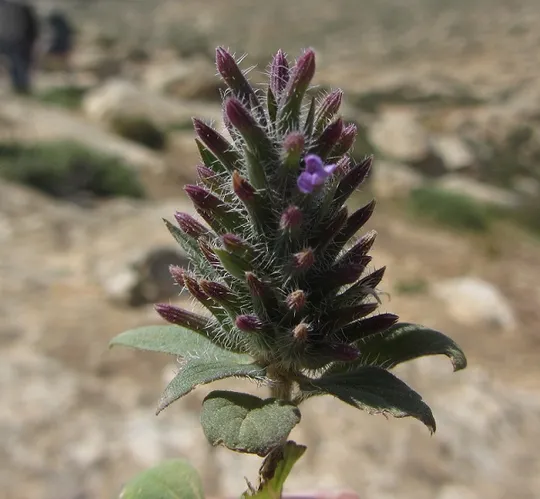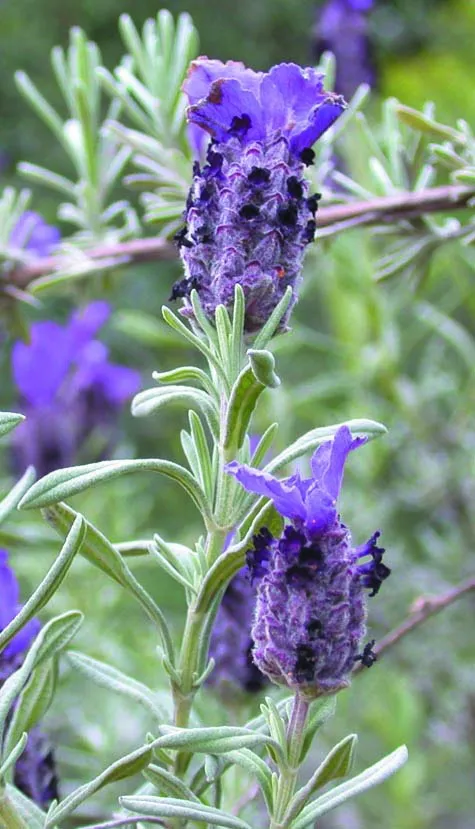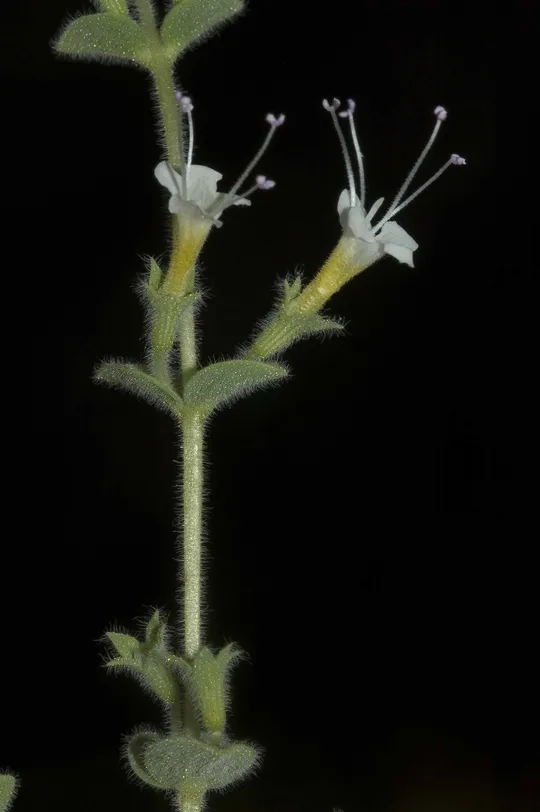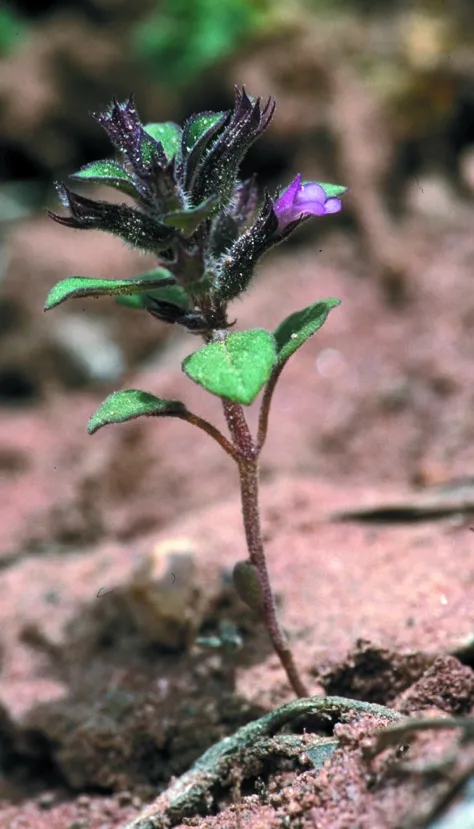Common Skullcap, Marsh Skullcap
Scutellaria galericulata
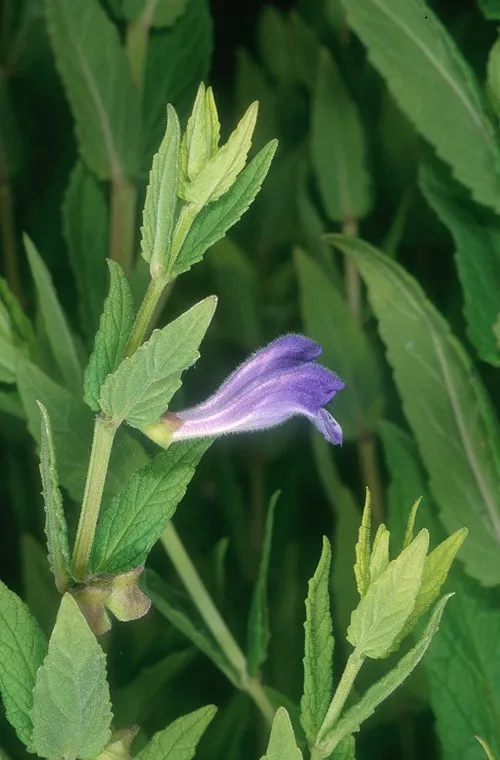
Scutellaria galericulata was collected
twice in the 1930s and 1940s in the Hula Valley, but has become extinct after
the lake and marshes were drained and has not been found since in Israel.
Marshes together
with Cyperus papyrus and Thelypteris palustris. In the world, it
grows in muddy habitats, often at the edge of lakes and streams.
The genus Scutellaria has about 300
species found almost the world over. The plants in the genus have varied life forms,
from annuals to
shrubs, but most of the species
are dwarf shrubs and herbaceous perennial grasses. Three additional species
grow in Israel: S. tomentose, an extremely rare dwarf
shrub, with yellow-orange flowers that grows in the transition zone; S. brevibracteata, a perennial herbaceous plant
with purple flowers found on the edges
of woodlands in the Mediterranean region and in the transition montane forest zone
belt on Mount Hermon and S.
utriculata, a perennial herbaceous plant that has
light colored flowers, found in the tragacanth vegetation zone on the Mount
Hermon heights.
Scutellaria galericulata is extinct in Israel
since the draining of the Hula Lake and its surrounding marshes. However, prior
to drainage and its extinction, it had been collected only twice at one site
east of T'eo
Spring (Ǧahula). The Hula
population was probably established from seeds brought from afar by birds along
their migratory route. The appearance of extremely isolated and disjunct populations
very far from the continuous range in Europe is characteristic of S. galericulata in Eastern Europe and even in the depths of
Asia.
As most water plants, the species is widely distributed
and is not globally endangered.
Scutellaria galericulata should be
reintroduced in a controlled manner to nature for demonstration and educational
purposes from geographically close sources such as Turkey. The refuge garden at
Hula Lake is a suitable place.
Scutellaria galericulata has a broad
global distribution that has a continuous distribution throughout Western,
Northern (including Scandinavia) and Central Europe. In Central Europe and in
the Mediterranean Basin (Poland to the Balkans, Italy and the islands) the
species has a disjunct range. Distant and isolated populations are known from
southern Russia, north of the Kazakhstan and China border as well. In our region
S.
galericulata is known only from northern and central
Turkey. The Hula population is isolated and considerably south of the species' continuous
range. S. galericulata
is also found throughout North America.
Scutellaria galericulata is a perennial grass
characteristic of marshes, which once grew in the Hula marshes, but has become
extinct following its drainage. The species was extremely rare in the country
even before extinction and its only site was disjunct and distant from its broad
global range.
Current Occupancy Map
| 1000 squre meter pixel | 5000 squre meter pixel | 10000 squre meter pixel | |
|---|---|---|---|
| number of observations | 0 | 0 | 0 |
| in total pixels | 0 | 0 | 0 |
| Family | Lamiaceae |
| Classification | On the endangered species list |
| Ecosystem | Mediterranean humid |
| Chorotype | Euro – Siberian - Mediterranean - Irano – Turanian |
| Conservation Site | Reintroduction to the Hula Nature Reserve |
| Rarity |
1
6
6
|
|---|---|
| Vulnerability |
0
4
4
|
| Attractiveness |
0
0
4
|
| Endemism |
0
0
4
|
| Red number |
1
-1.0
10
|
| Peripherality | N |
| IUCN category | DD EW EX LC CR EN VU NT |
| Threat Definition according to the red book | Extinct |
 Based on:
Based on:
